Embark on a journey through time along Stane Street, the ancient Roman road that once linked the bustling port city of Chichester to the vibrant metropolis of London. Dating back to the 1st century AD, this remarkable thoroughfare stands as a testament to Roman engineering prowess and continues to intrigue modern-day adventurers. Discover the history, significance, and notable sites along this storied route, offering a glimpse into the rich tapestry of Britain’s past.

Why Visit Stane Street?
Venturing along Stane Street promises a captivating blend of history, archaeology, and scenic beauty. As you tread upon the ancient path, immerse yourself in the footsteps of Roman legionnaires, traders, and travellers who traversed these roads centuries ago. Here are five must-visit sites along Stane Street:
- Chichester: Begin your journey in Chichester, where Stane Street commences its winding route. Explore the city’s Roman heritage, including the remnants of a Roman bathhouse, and soak in the vibrant atmosphere of this historic locale.
- Bignor Roman Villa: Just off Stane Street lies the Bignor Roman Villa, a testament to the opulence of Roman villa life. Marvel at the intricately preserved mosaic floors and architectural wonders that offer insights into ancient Roman culture and society.
- London: Conclude your pilgrimage in the heart of London, where Stane Street reaches its terminus. Delve into the capital’s rich history and modern-day marvels, tracing the legacy of Roman influence amidst the bustling streets of contemporary London.
- Alfoldean Mansion: Discover the remnants of a Roman posting station at Alfoldean, where weary travellers once sought respite and refreshment. Explore the archaeological remains of this ancient waypoint, providing glimpses into Roman administrative and commercial activities.
- Hardham Mansion: Uncover the mysteries of Hardham Mansion, another pivotal stop along Stane Street. Delve into the excavated ruins of this Roman posting station, offering insights into daily life and commerce along the ancient road network.

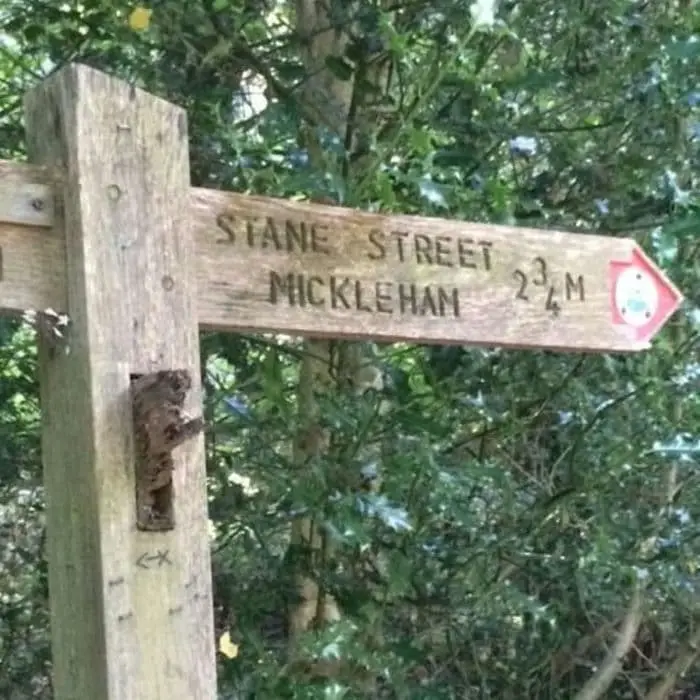

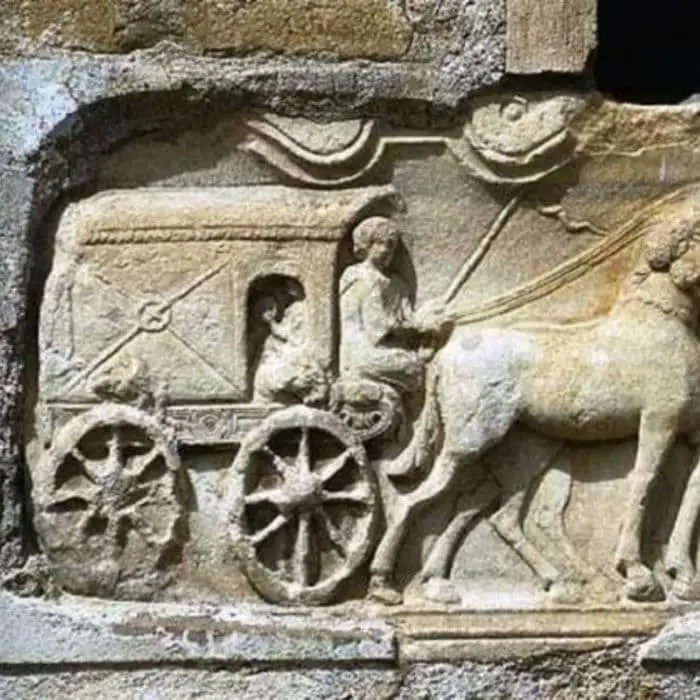
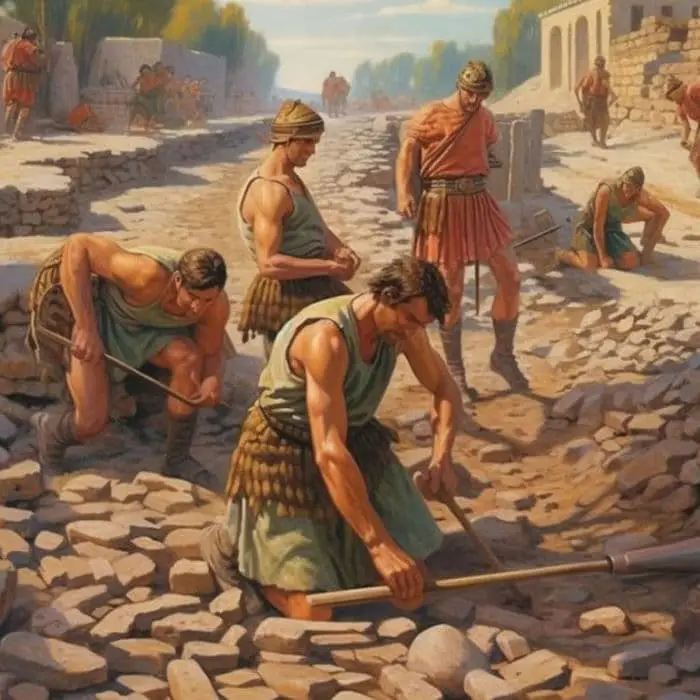
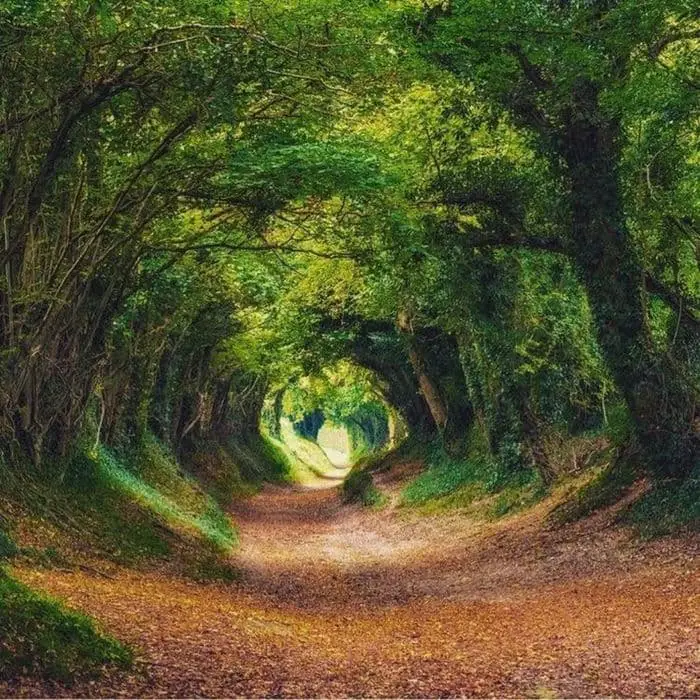
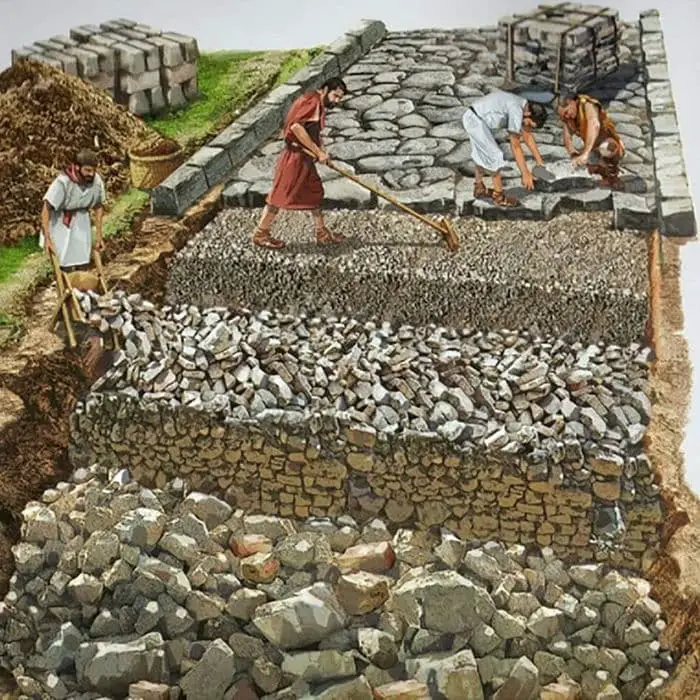
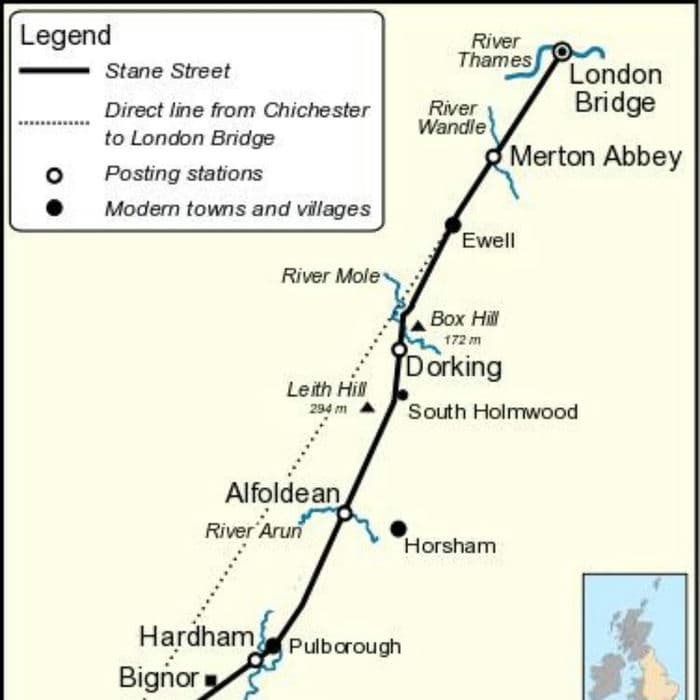
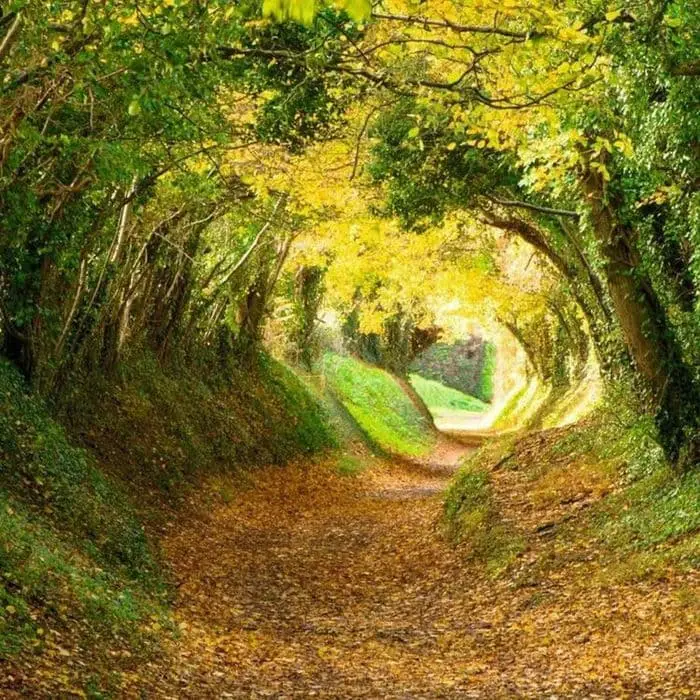
Frequently Asked Questions:
- What is the history of Stane Street?
Stane Street, also known as the Roman Road, was constructed in the 1st century AD by the Romans to facilitate military, commercial, and administrative activities between Chichester and London. - How was Stane Street constructed?
The Romans built Stane Street with meticulous precision, utilizing a foundation of flint and gravel topped with well-laid stone slabs. The road exemplifies Roman engineering principles and remains a testament to their ingenuity. - What role did Stane Street play in Roman Britain?
Stane Street served as a vital artery for the Romans, facilitating the movement of troops, goods, and information between Chichester and London. It also fostered economic development, with settlements and villas emerging along its route. - Are there any archaeological sites along Stane Street?
Yes, several archaeological sites dot the path of Stane Street, including posting stations at Alfoldean and Hardham. These sites offer valuable insights into Roman infrastructure, commerce, and daily life. - Is Stane Street accessible to modern visitors?
Indeed, many sections of Stane Street have been preserved or repurposed as walking and cycling routes, allowing contemporary travellers to trace the path of this ancient highway. Visitors can explore remnants of the road and its associated sites, connecting with Britain’s rich archaeological heritage.
As you embark on your journey along Stane Street, embrace the opportunity to delve into the annals of history and experience the enduring legacy of Roman Britain firsthand.
